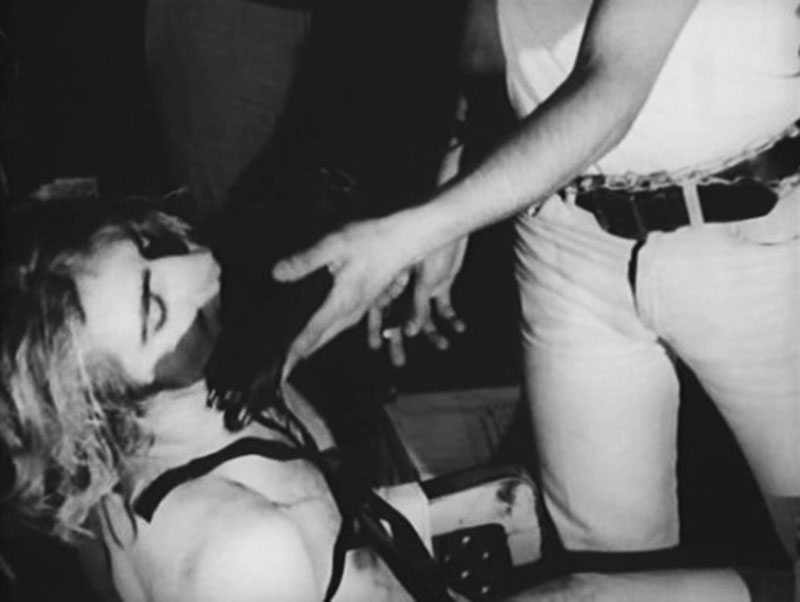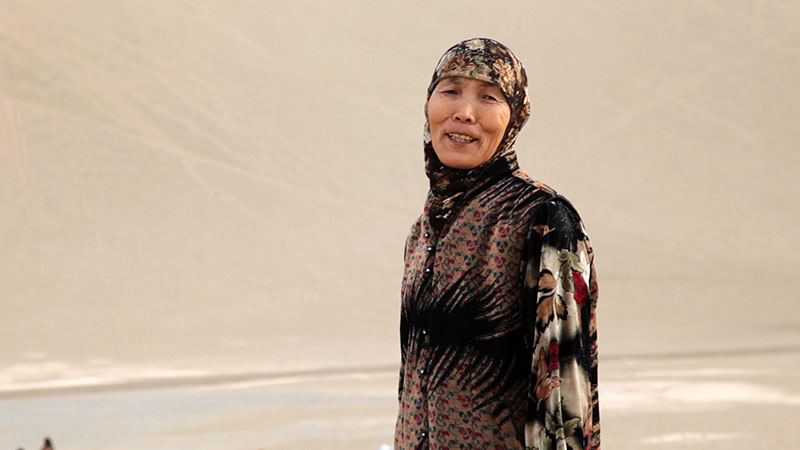The Most Impossible Work
With a reading by Leslie Thornton of her text, “Philosophers Walk On The Sublime” (2013)
Courtisane is een platform voor film en audiovisuele kunsten. In de vorm van een jaarlijks festival, filmvertoningen, gesprekken en publicaties onderzoeken we de relaties tussen beeld en wereld, esthetiek en politiek, experiment en engagement.
Courtisane is a platform for film and audiovisual arts. Through a yearly festival, film screenings, talks and publications, we research the relations between image and world, aesthetics and politics, experiment and engagement.
With a reading by Leslie Thornton of her text, “Philosophers Walk On The Sublime” (2013)
((((( ))))) derives its title from the obsessional punctuation of Raymond Roussel, the parentheses within parentheses, worlds within worlds, housing a tunnel space of endless imbeds. (((( ))))) — reflections in a golden eye. The glass menagerie of the vitreous humor from both sides of the glass, an active gaze “on location” that cannot be penned… ((((( ))))) is a cycling of regenerative ingestion, devouring radiance. A porthole, a portal, mimicking wellspring. In this terraced lapidary setting where any object could substitute for another we sense the governing madness in the ordained order. Or in reverse, a lucid logic wormholing through quotidian chaos. Every habitat rendered into Dioramas of the natural world, an accordion expansion of consciousness and the cosmos, all under observation by something, somewhere, sometime… As in Peggy and Fred in Hell we feel the operations of an artificial or outside intelligence, a god machine dealing shuffled hands from the infinite playing deck, as indicated by the Upanishads: “Wise intelligent, encompassing, self existent, it organizes objects throughout eternity.” (Mark McElhatten)
Thornton describes Sahara/Mojave as a "little trip to Hollywood via North Africa, circa 1900. I hone an 'aesthetics of uncertainty' to question our understanding of the real." Here Thornton pairs two disparate media sources, a collection of vintage erotic North African postcards and video footage that she shot at Universal City, Los Angeles. The images are overlaid with a dense audio collage that includes the narration from an archival documentary on the Sahara and the Bedouin people of North Africa. The result is in an elliptical inquiry into culture, history and representation.

Warhol bought the rights to Anthony Burgess’s novel A Clockwork Orange six years before Stanley Kubrick made his Clockwork. Warhol’s film features Factory star Gerard Melanga as a juvenile delinquent who undergoes "reprogramming" by the welfare state, a process that reads as a metaphor for trying to convert gays into straights. Edie Sedgwick, added to a tableau for compositional balance, steals the movie.

Orientalism, photography, and "unknowing" are recurrent obsessions in Leslie Thornton's work. SONGS One Two Three embodies all three in what seems at first a cinéma verité style toss-off of a strange touristic site in Western China, at the massive sand dunes near Dunhuang. That it also looks like a set for a science-fictional thriller, but not quite, adds to the mystery. A woman leaps into the frame, poses, and others show up, also posing, all wearing neon orange boots. Everyone is in neon orange boots, some are wearing cowboy hats, and soon the camera is surrounded by others with cameras and more people in boots, posing, yelling, laughing, indifferent to the camera through which we see this spectacle—"our" camera. As this strange choreography unfolds the camera begins to make noise, to compose and correct itself, but it remains no more than an ignorant eye, stealing a show. Our camera retains its distance while it is swallowed up by indifference, until finally the most beautiful woman there (she must be the most powerful) looks back. She asks our camera to film her beauty and power. We walk away afterwards, caught in the suspension of invisible thoughts.